13 Wild Facts About The Brazilian Treehopper, The Strangest Insect Ever
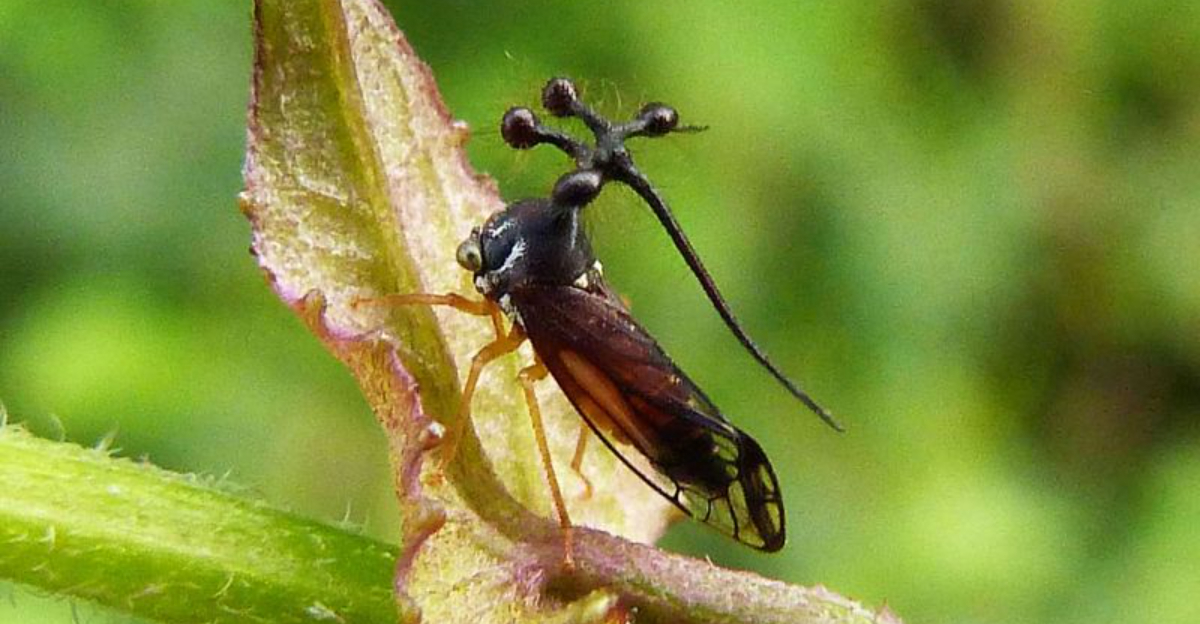
Imagine a creature that looks like it escaped from a sci-fi movie – a tiny insect with a helmet-like structure sprouting all sorts of wild appendages.
Meet the Brazilian Treehopper, the insect world’s oddball star. This peculiar bug is like nothing you’ve ever seen before, and it’s packed with surprises!
Let’s embark on a quirky journey through wild facts about this extraordinary insect.
1. Unbelievable Headgear
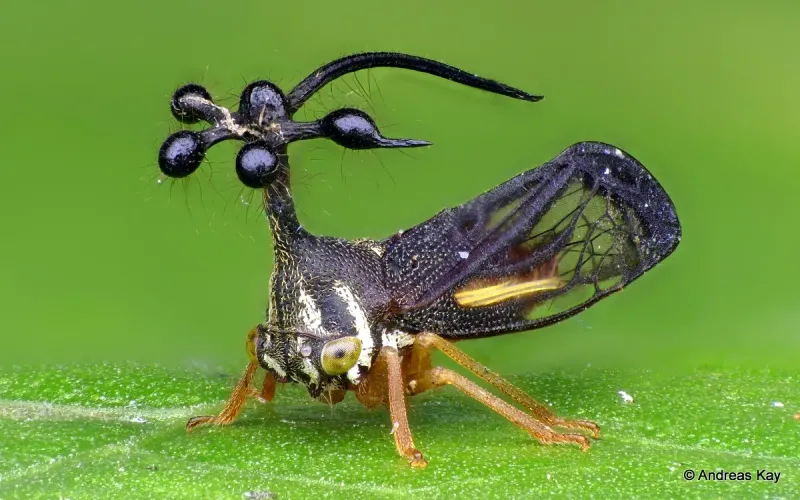
The Brazilian Treehopper sports a headgear that could make a medieval knight jealous. These strange, horn-like protuberances are not just for show.
Scientists believe they help in camouflage, blending seamlessly into the leafy branches where it resides. This insect’s unique look is its survival tool.
2. Tiny Yet Mighty
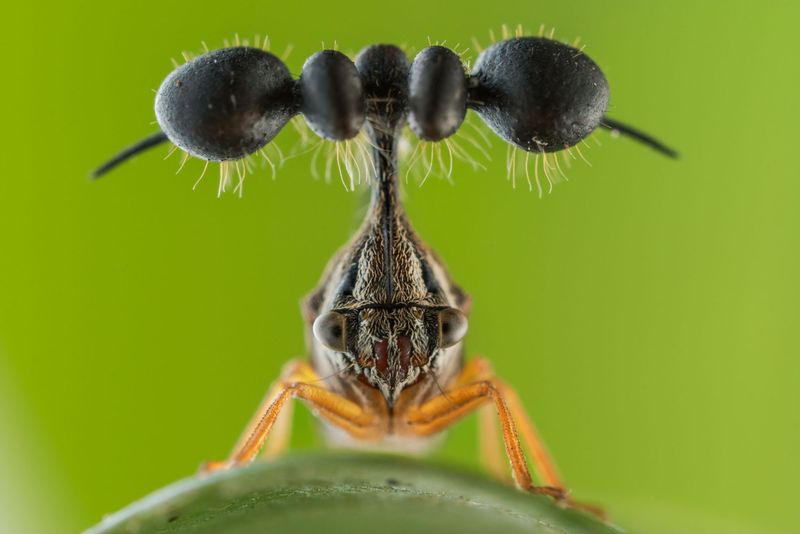
Though small in stature, the Brazilian Treehopper packs a punch in terms of uniqueness. Measuring only a few millimeters, it thrives in the vibrant Brazilian rainforests.
Its small size lets it maneuver through dense foliage, evading predators with ease.
3. Colorful Creature
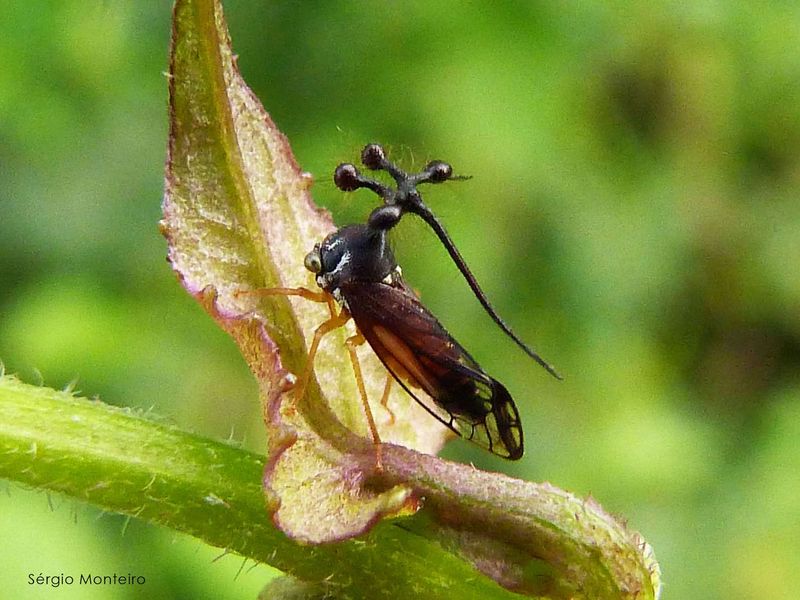
Move over, rainbows! This insect flaunts colors that could rival any artist’s palette. The Brazilian Treehopper’s wings shimmer with various hues, making it a living work of art.
These vibrant patterns play a crucial role in its interaction with the environment, providing both attraction and deterrence.
4. Unique Diet
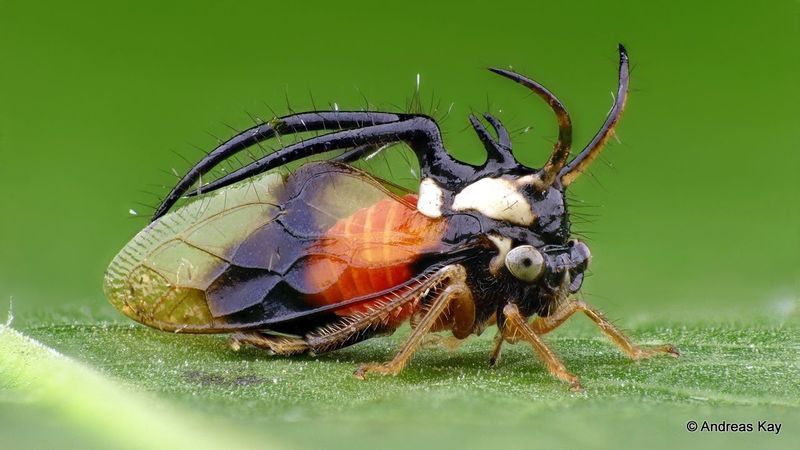
The Brazilian Treehopper is not your average sap-sucker. It feeds on a specific diet of plant sap, selecting only the juiciest of leaves.
This specialized diet not only nourishes but also influences its habitat choice.
5. Camouflage Expert
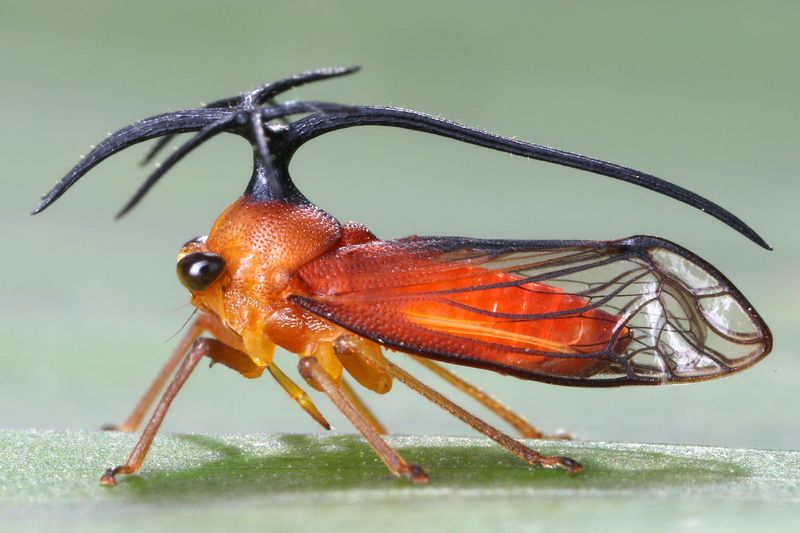
With a knack for blending in, the Brazilian Treehopper is a master of disguise. Its peculiar shape and color mimic the surrounding foliage, making it nearly invisible to predators.
This insect’s survival relies heavily on its chameleon-like abilities.
6. Mating Rituals
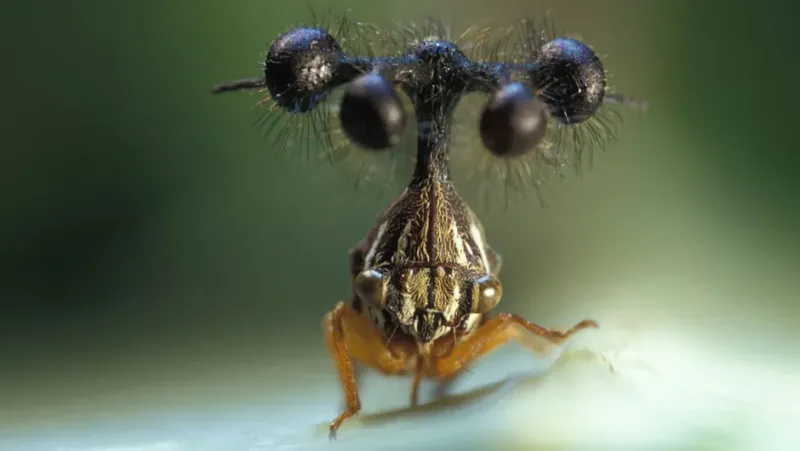
Romance in the treetops is an elaborate affair for the Brazilian Treehopper. Males showcase their distinct headgear in an attempt to woo females.
These courtship displays are not just about aesthetics; they’re a testament to the insect’s health and vitality.
7. Extraordinary Antennae
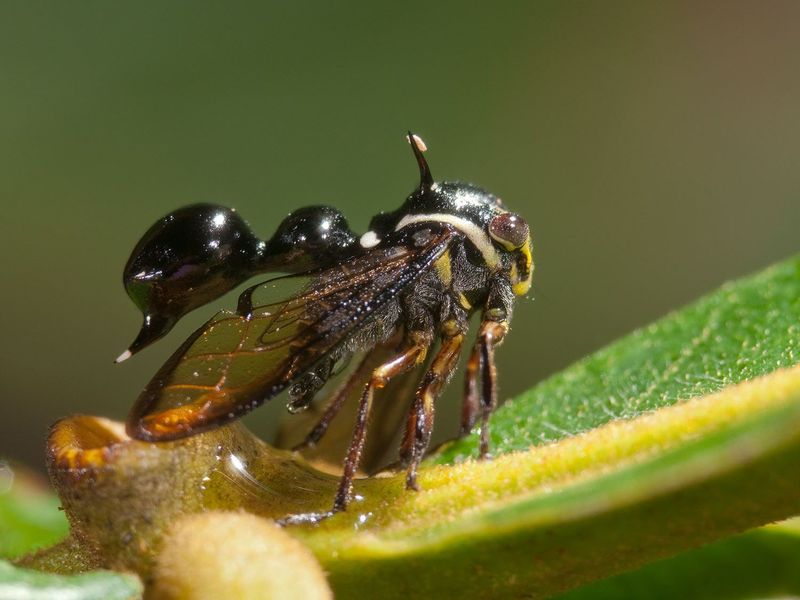
The antennae of the Brazilian Treehopper are sensory powerhouses. These delicate structures help navigate its environment, detecting changes in weather and predator movements.
They’re the insect’s version of high-tech radar systems.
8. Predator Evasion Tactics
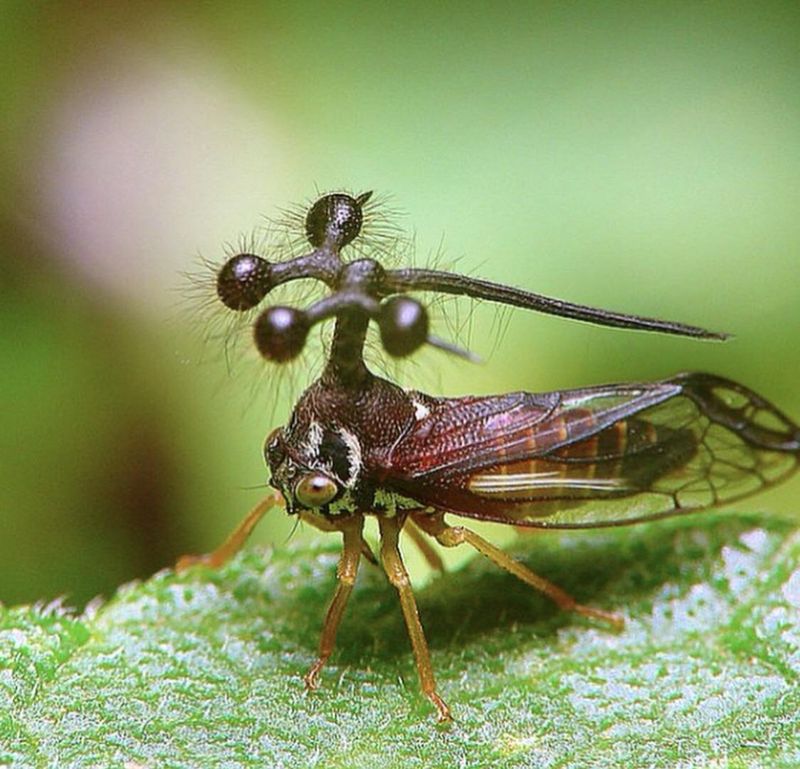
Evasion is an art form for the Brazilian Treehopper. When threatened, it can take off at lightning speed, its erratic flight patterns baffling would-be predators.
This agility is essential in the predator-rich rainforest.
9. Social Insect Behavior
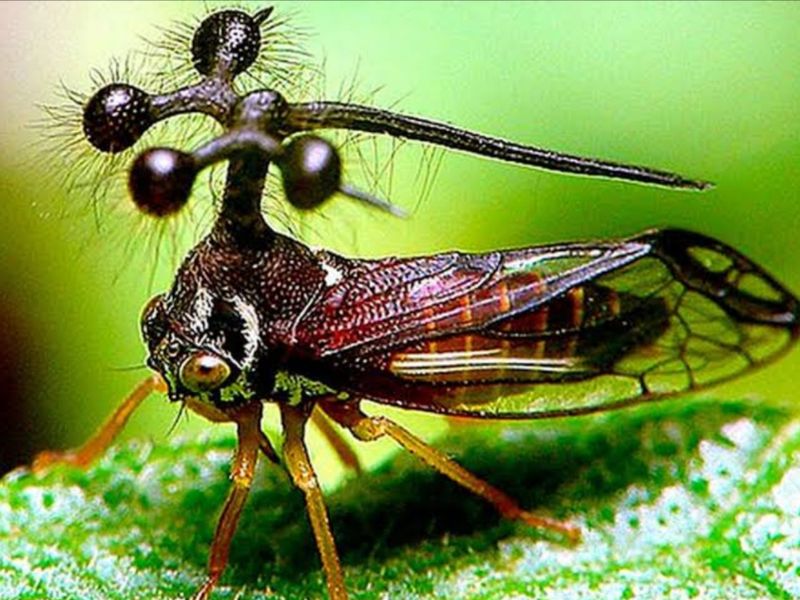
Unlike many solitary insects, the Brazilian Treehopper shows a surprising interest in social interaction. Group gatherings create a quirky little community with strength in numbers.
Social behavior offers added protection and improves the odds of survival in the wild.
10. Sound Communication
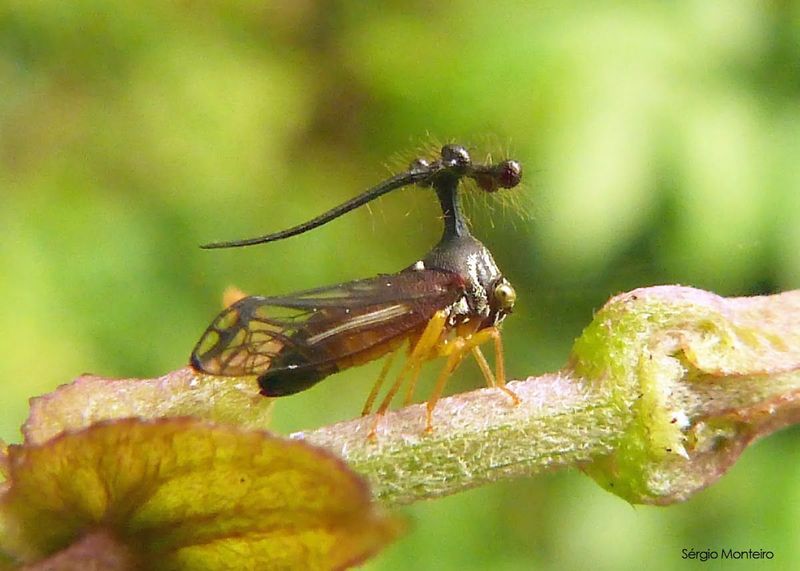
Chatting without chattering, the Brazilian Treehopper communicates through vibrations. By drumming on leaves, they send signals to each other, a silent language resonating through the forest.
This unique communication method is a vital part of their social structure.
11. Environmental Indicator
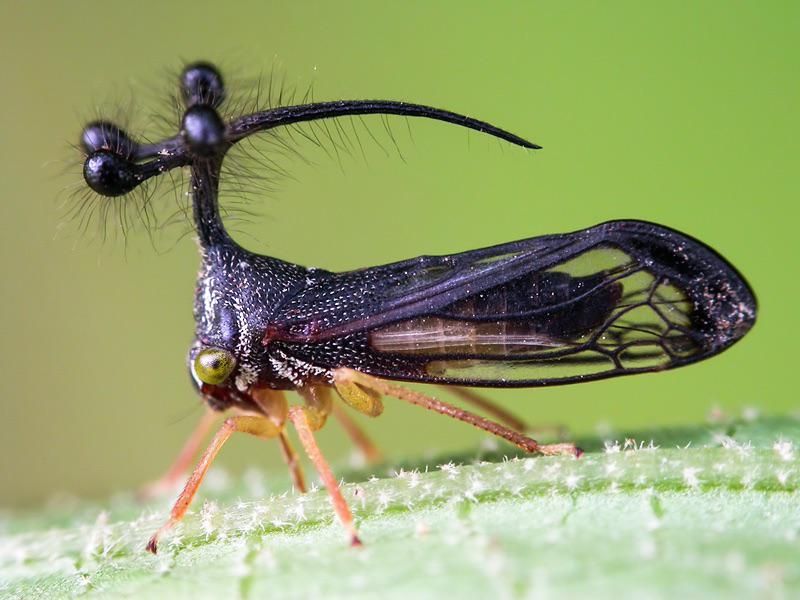
The presence of Brazilian Treehoppers can indicate the health of their environment. Sensitive to changes, they thrive only in balanced ecosystems.
When populations decline, it may signal that something in the habitat is off balance.
12. Nutrient Recycling
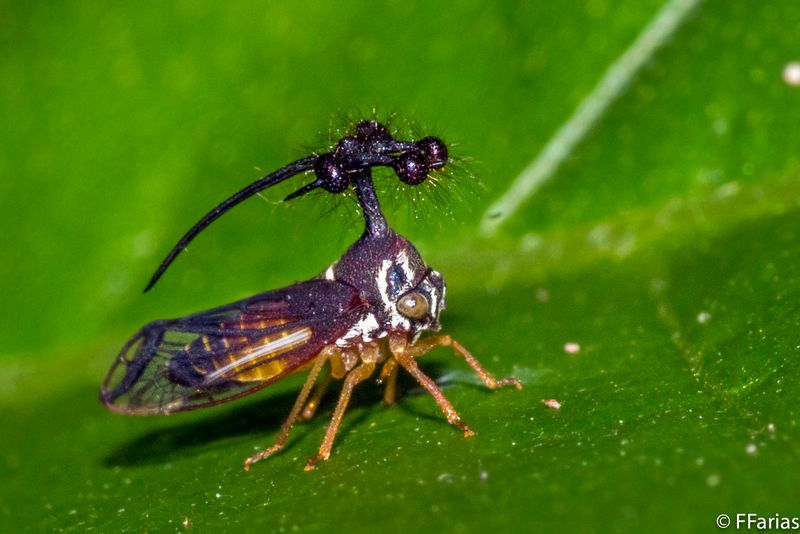
The Brazilian Treehopper plays a role in nutrient recycling within its ecosystem. By feeding on plant sap and interacting with foliage, it aids in the breakdown and renewal of plant life.
This process enriches the soil, supporting a thriving environment.
13. Conservation Efforts
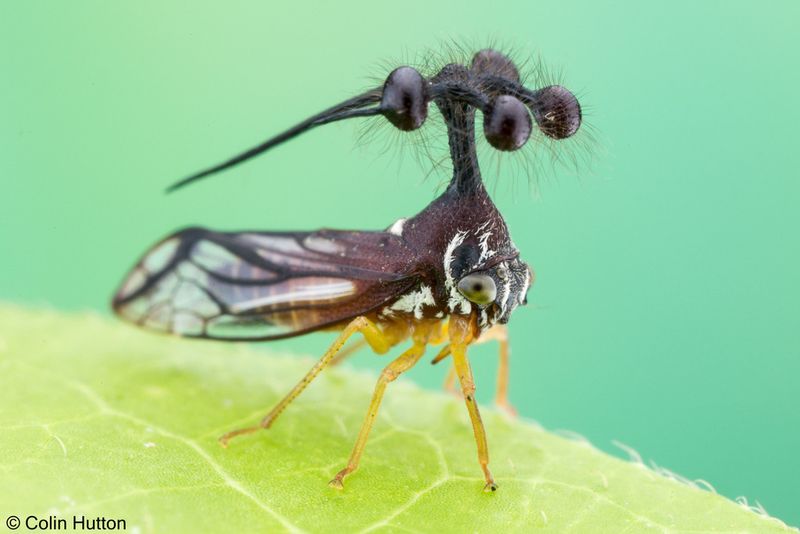
Conserving the habitat of the Brazilian Treehopper is crucial for its survival. Efforts focus on protecting rainforest areas and maintaining ecological balance.
These initiatives are vital for the preservation of countless species.






